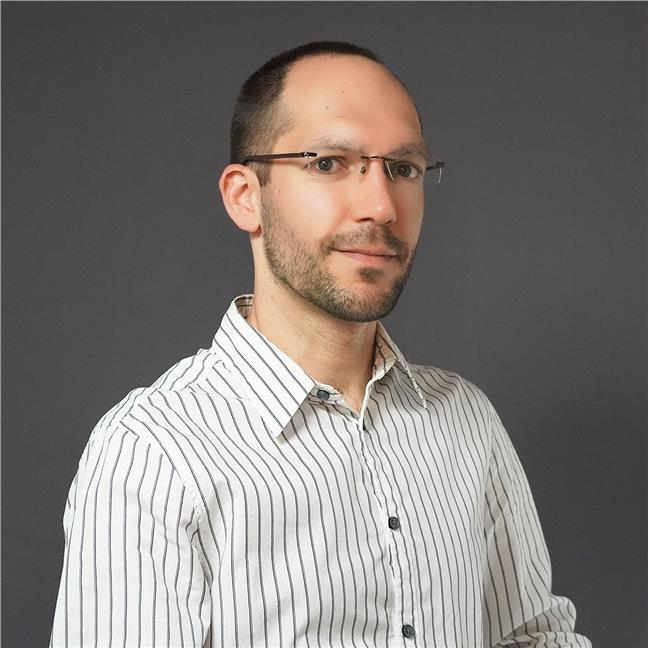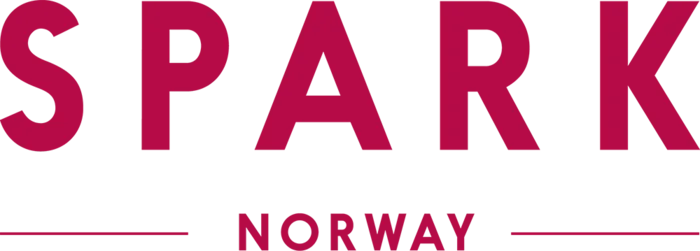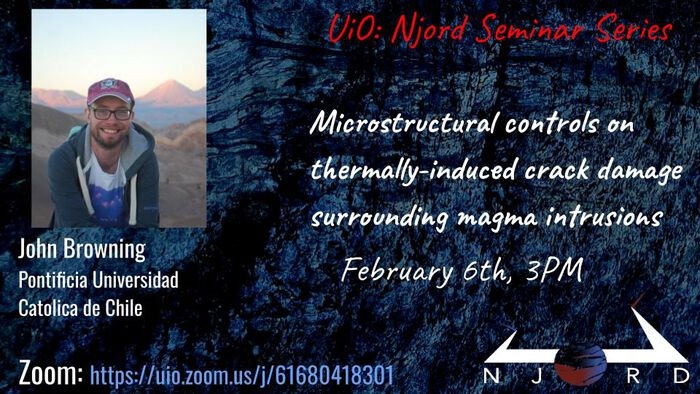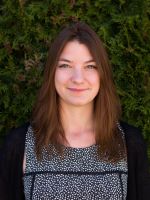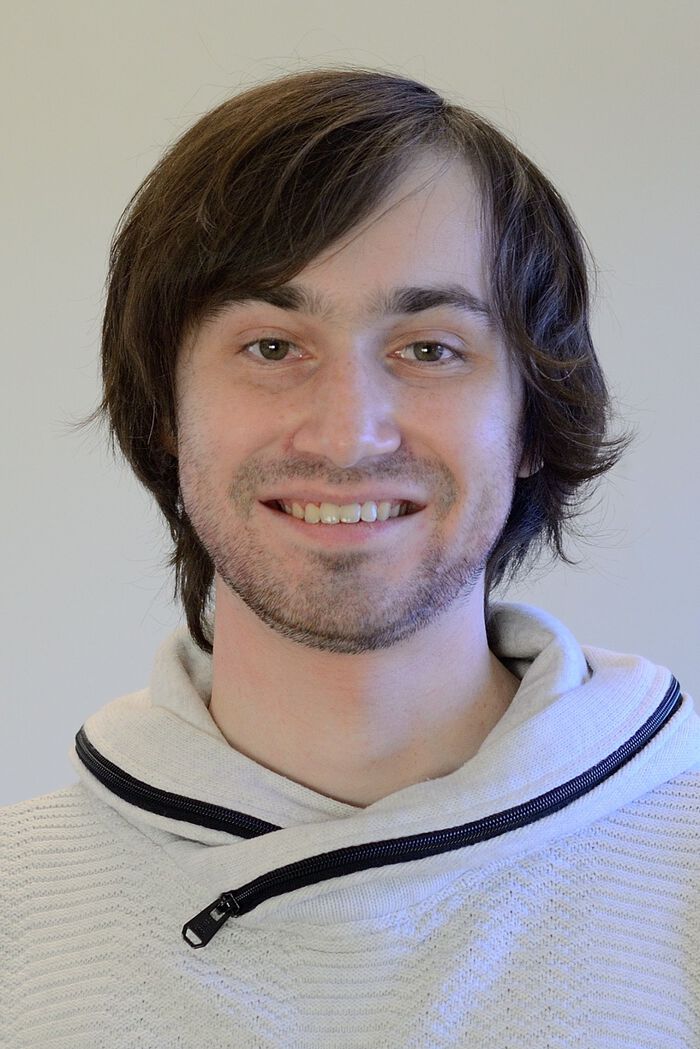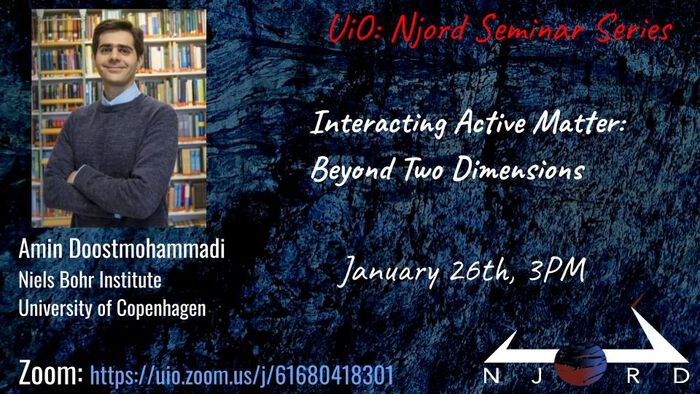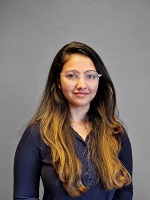Previous events - Page 9
Abstract:
The Section 4 seminar for the Spring 2024 will be held Thursdays 14:15–15:00 in room 1020
Title: Solar Radiation Modification – natural analogues using the UKESM1 climate model
Speaker: Jim Haywood, University of Exeter and Met Office UK
Our project partner Statkraft owns and operates several hydropower plants in Brazil and requires information about the future potential for hydropower production in this region. To provide inflow projections for the next several decades, we use climate model output in combination with a regression model that links meteorological variables such as precipitation and temperature to inflow over various catchments in the region. The relatively short time period for which observation data are available raises concerns about overfitting. We therefore explore an alternative model fitting approach that retains the original, easily interpretable regression model but estimates the regression coefficients within an artificial neural network (ANN) framework which permits spatial and temporal regularization and thus prevents overfitting. We show some examples of the inflow projections obtained with that methodology and discuss some caveats and limitations.
Doctoral candidate Daniella Marie Barna at the Department of Geosciences, Faculty of Mathematics and Natural Sciences, is defending the thesis Flood frequency analysis at multiple durations for the degree of Philosophiae Doctor.
The leading conference for life sciences gather the actors who will develop a world-leading health industry in Norway.
Welcome to our GEOHYD Lunch Seminar Friday 9th of February @ 12:15 in Aud. 1, Geology building or via videolink using Zoom. The seminar is held by Sergei Medvedev (VBER) and Dmitry Zastrozhnov (UiO and VBER).
Protein condensates inside human cells are liquid-like droplets composed of protein and RNA. These condensates interact with the heterogeneous, active and dense environment of the cytoplasm, crossed by various cytoskeletal filaments such as microtubules and actin. Wetting interactions with the cytoskeleton lead to stereotypical positioning of such protein droplets inside the cell. Using statistical physics approaches, we identified complementary functions of filamentous actin and microtubules: protein droplets couple to actin’s native dynamics in the cell through steric interactions leading to directional motion towards the cell center. Microtubules (and their molecular building-blocks), on the other hand, act as Pickering agents and engage in energetically favorable wetting interactions that lead to a robust localization of protein condensates in microtubule-rich regions of the cell. These interactions are non-specific and ultimately arise from different affinities (contact angles) between condensate and filament, suggesting that similar mechanisms may govern localization of other liquid-like phases within the cell.
Title: On the Impact of Ocean Heat Flux Pattern Changes on the Climate via Clouds
Speaker: Kai-Uwe Eiselt, UiT
SPARK Norway Educational Forum are monthly open meetings organized by UiO:Life Science and SPARK Norway partners.
C*-algebra seminar by Mathias Palmstrøm (Norwegian University of Science and Technology)
John Browning is an Associate Professor at Pontificia Universidad Catolica de Chile.
Doctoral candidate Flore Kersten at the Department of Chemistry, Faculty of Mathematics and Natural Sciences, is defending the thesis "A double-edged sword. AB toxins as attack (cholera toxin) and defense (CCTX2) mechanisms" for the degree of Philosophiae Doctor.
Doctoral candidate Riccardo Parviero at the Department of Mathematics will be defending the thesis Statistical modelling of adoption processes on social graphs for the degree of Philosophiae Doctor.
Welcome to our GEOHYD Lunch Seminar Friday 2nd of February @ 12:15 in Aud. 1, Geology building or via videolink using Zoom. The seminar is held by Regine Hock and Ugo Nanni (UiO).
What happens if we paint a steel box and put a water drop on it before it gets dry? The arcane curiosity arises: Will the paint remain the same or get destroyed? The answer is that it depends on the interaction between the surfaces and the length scale involved. My doctoral work was to study the stability of thin liquid films under aqueous drops. Slippery surfaces were used as a model system because they provide a frictionless surface with low contact angle hysteresis (<2°). We found that thin liquid films are stable on hydrophobic surfaces, while on hydrophilic surfaces, they rupture and dewet into droplets. We observed different dewetting patterns depending on the film thickness and slip. However, films on hydrophobic surfaces are stable but can be destabilized using external perturbations like an electric field. Due to the electric field, capillary waves are generated, and their evolution matches very well with a linear stability analysis. The reversible dewetting behavior with the applied field is an interesting observation of our work. With the applied frequency, the wavelength of the capillary waves does not follow the classical linear stability analysis; we modified the stability analysis, which agrees with our experimental findings. Finally, the coalescence of dewetted droplets and anomalous diffusive behavior with the applied external field will be discussed
Artem Basyrov, Cosmology and Extragalactic Astronomy research group, Institute of Theoretical Astrophysics, University of Oslo.
Is it difficult to set aside time to write? The Academic Writing Centre organsises structured writing sessions for PhDs and Postdocs.
Tobias Dahl, Senior Researcher at SINTEF Digital and adjunct associate professor at UiO
Professor Dag Trygve Eckhoff Wisland (NANO) wil present a seminar on the topic The path to battery-less, self-powered wireless IoT nodes.
Amin Doostmohammadi is an Associate Professor of Physics at the Niels Bohr Institute.
Doctoral candidate Mahika Luthra at the Department of Chemistry, Faculty of Mathematics and Natural Sciences, is defending the thesis "Computational Study on the Electrochemical Reduction of CO2 using Transition Metal catalysts with Pendant Amines" for the degree of Philosophiae Doctor.
Doctoral candidate Romain Pierre Jacques Marie Corseri at the Department of Geosciences, Faculty of Mathematics and Natural Sciences, is defending the thesis Magnetotelluric Investigations of Rifted Systems – Data Analysis, Inversion and Application to the SW Barents Sea for the degree of Philosophiae Doctor.

